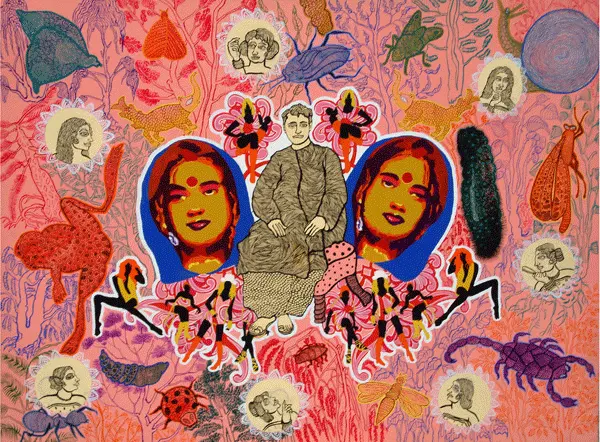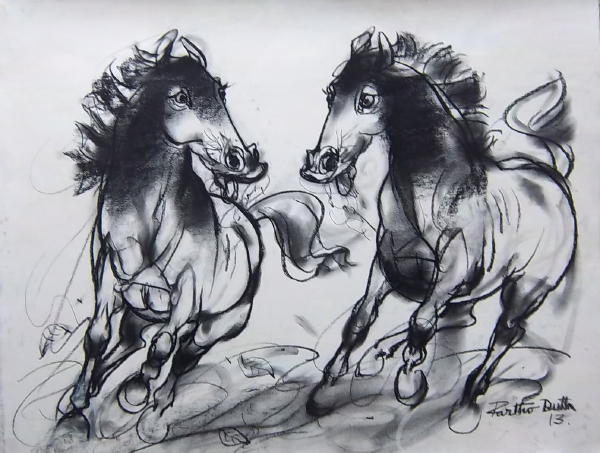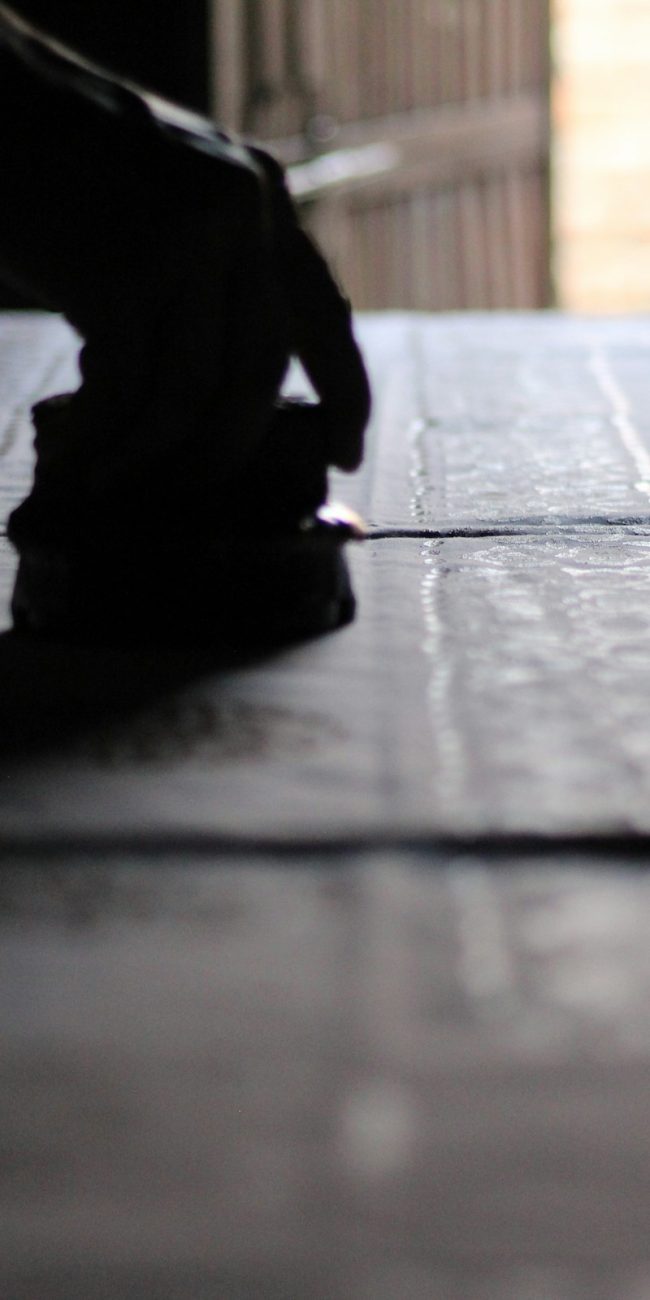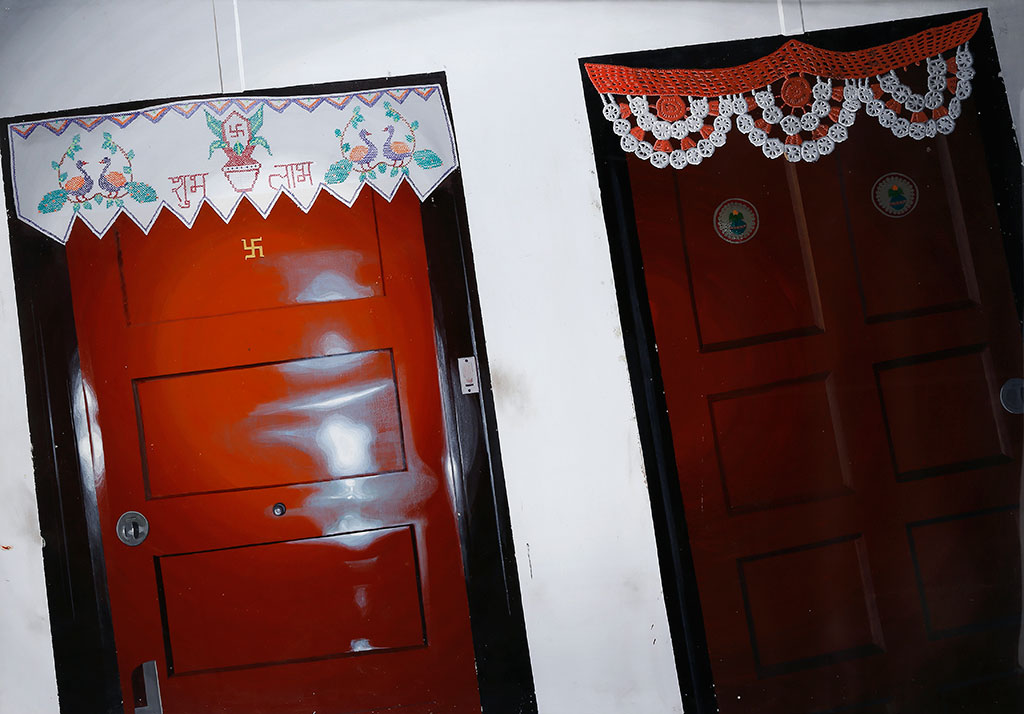
How Photography and Painting Influence Each Other
Photography and painting, two distinct yet interconnected art forms, have influenced each other for centuries. Both aim to capture moments, emotions, and stories, but their approaches differ. While photography relies on light, technology, and precision, painting thrives on imagination, brushstrokes, and creativity. The relationship between these two art forms is a fascinating journey of mutual inspiration and evolution. Let’s explore how photography and painting influence each other.
The Historical Connection
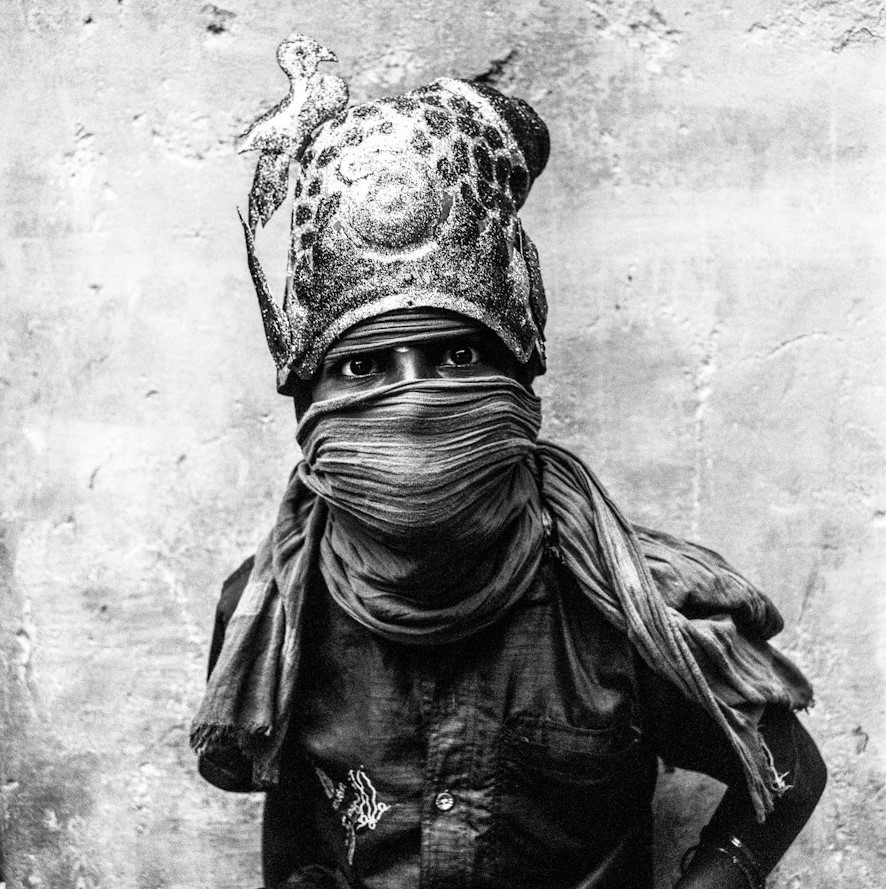
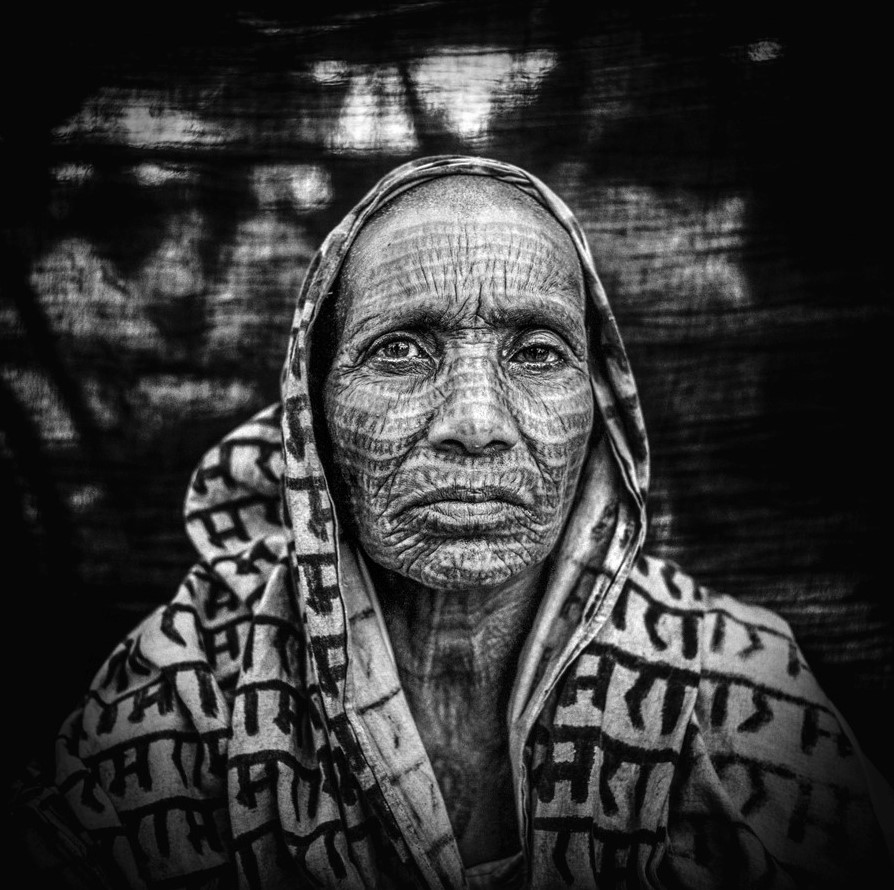
(Untitled | Yannick Cormier | 22″ x 22″ (each) | Digital print archival on paper)
When photography was invented in the 19th century, many thought it would replace painting. Artists feared that the realistic precision of a camera would render painting obsolete. However, instead of replacing each other, photography and painting began to coexist and inspire one another.
Painters started using photographs as references for their works. Before photography, artists had to rely on sketches and memory to capture details. With a photograph in hand, painters could accurately study light, shadows, and compositions. This allowed them to focus more on their creativity and less on replicating reality.
On the other hand, photography borrowed techniques from painting, such as composition, perspective, and the play of light and shadow. Early photographers often looked to paintings for inspiration to create visually appealing images.
Photography’s Impact on Painting
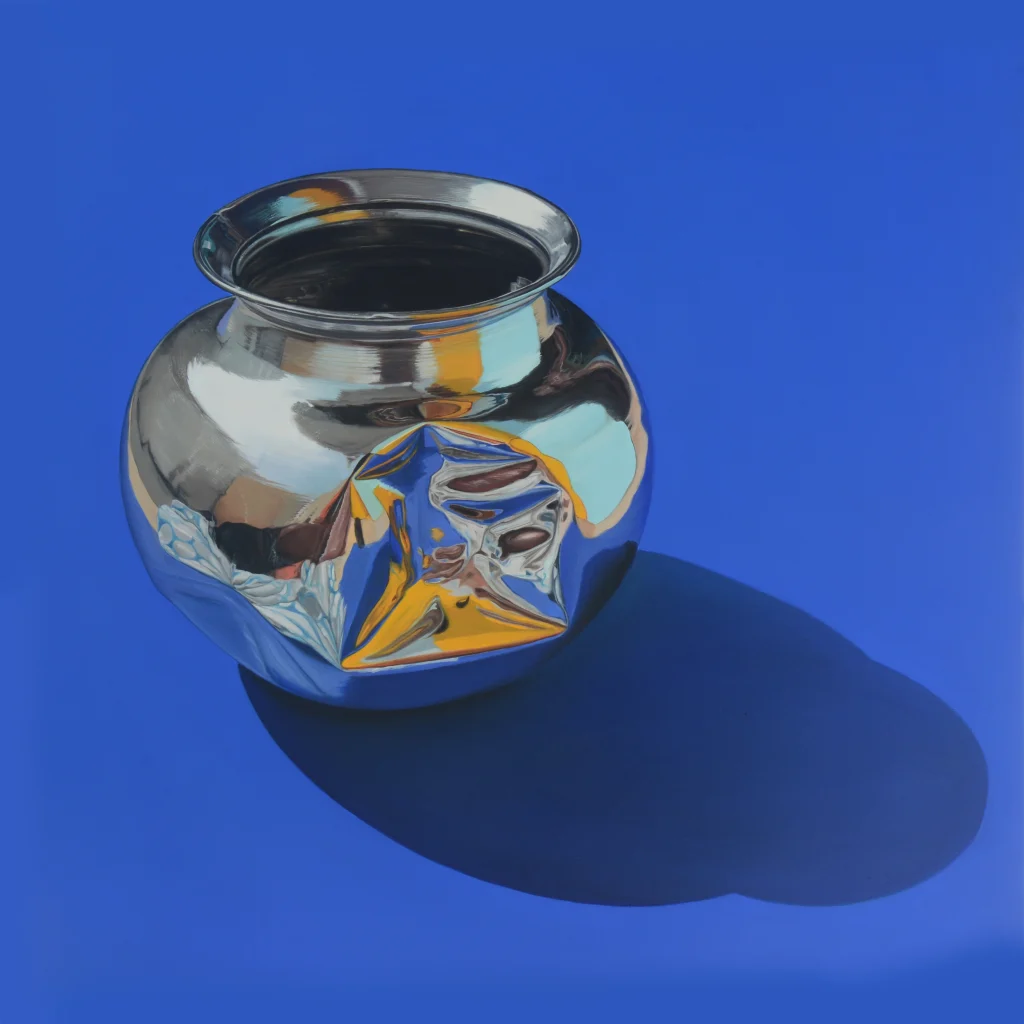
(Untitled | Anjaneyulu G | 32″ x 32″ | Oil on canvas)
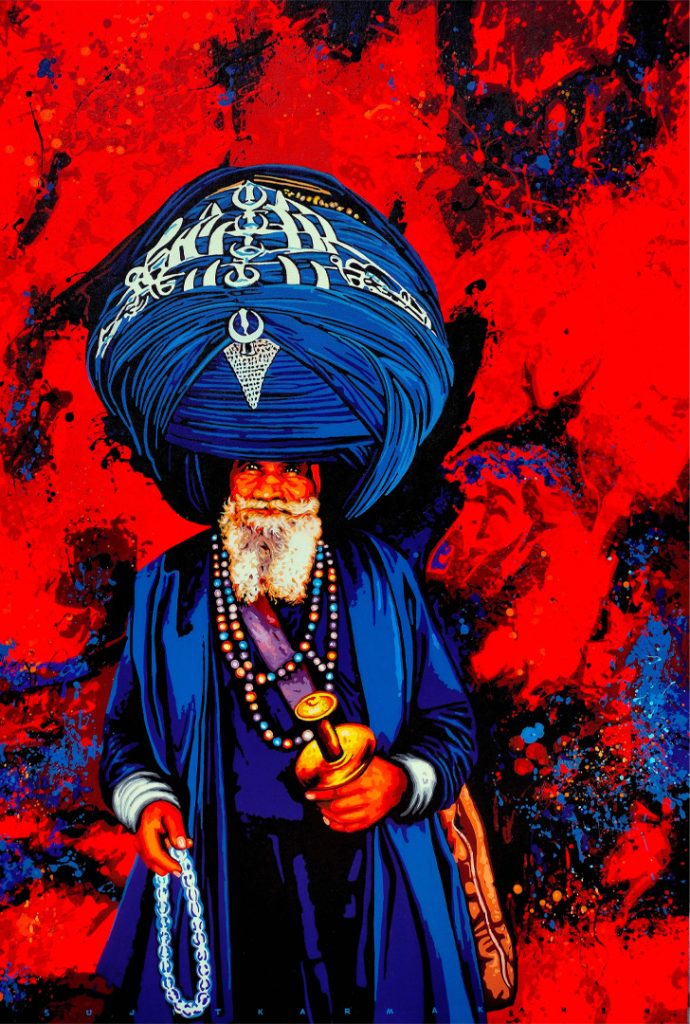
(Nihang | Sujit Karmakar | 32″ x 48″ | Acrylic on canvas)
- Impressionism: Indian artist Amrita Sher-Gil, often called India’s Frida Kahlo, was inspired by how photography captures quick, changing moments. She used light and movement in paintings like “Bride’s Toilet” and “Hill Scene”, much like photography. Photography helped her show natural light and emotions in her work.
- Abstract Art: Photography’s focus on reality inspired Indian Artist H. Raza to explore abstract art and symbols. In works like “Bindu”, Raza used shapes and colors to express ideas and spirituality, moving away from realistic images. Photography helped him focus on feelings and ideas rather than just what things look like.
- Cubism: Indian artist Gaganendranath Tagore used cubism, which was influenced by how photography breaks down a scene into different parts. In works like “City in the Night”, he used shapes and patterns to show modern Indian life. Photography helped him experiment with showing different views of the same subject in one painting.
Painting’s Influence on Photography
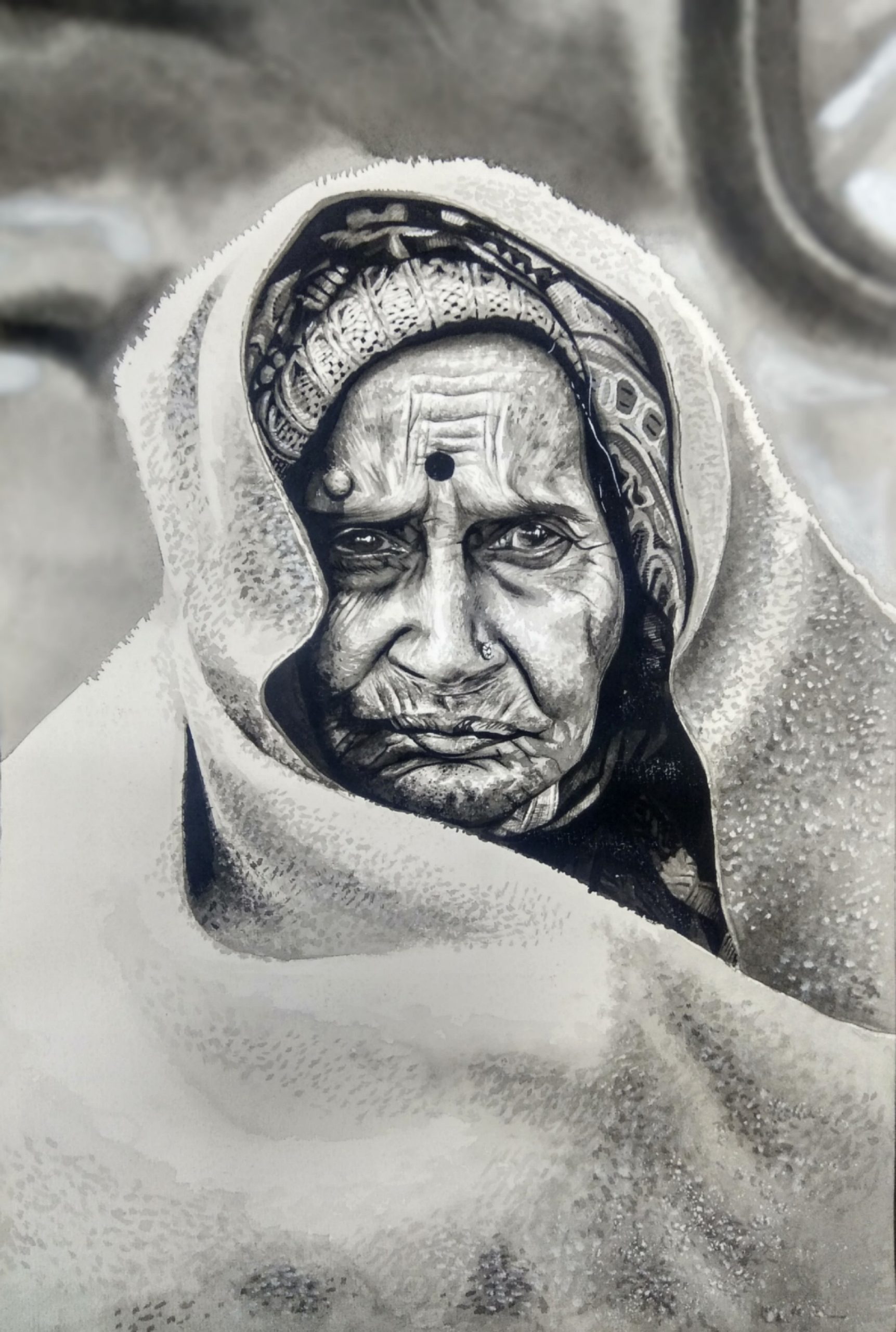
(Untitled | Sunil Xess |12″ x 18″ | Watercolor on paper)
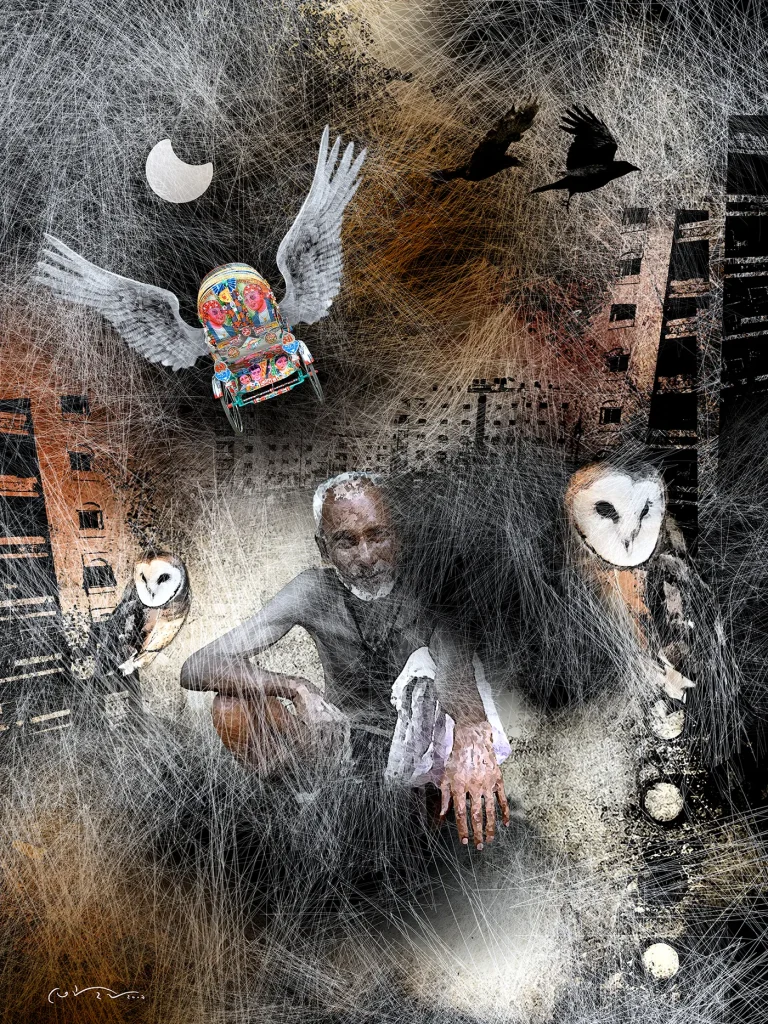
(Untitled | Touhin Hasan |24″ x 32″ | Digital print cloth)
- Use of Light and Shadow: Photographers use chiaroscuro, a technique from Renaissance paintings, to add depth and drama to their images.
- Color Theory: The way painters mix and use colors has inspired photographers in editing and post-production.
- Composition Rules: Techniques like the rule of thirds and leading lines, often seen in paintings, are now fundamental to photography.
Blending the Two Art Forms

(Untitled | Durgaprasad Bandi | 8.5″ x 6″ (each) | Cyanotype on paper)
- Photo Manipulation: Photographers use software to edit and manipulate their images, adding painterly effects and textures.
- Mixed Media Art: Artists blend photographs with paints, creating unique pieces that merge realism with imagination.
Emotional Connection and Storytelling
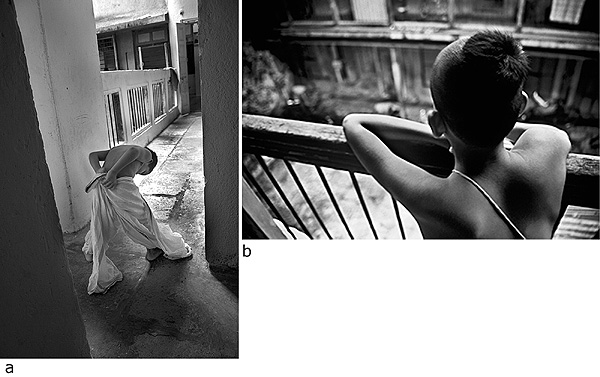
(Chant of Loneliness | Kanishka Ingle | a) 23.5” x 15.5” b) 15.5” x 23.5” | Archival prints on paper)
Both photography and painting are powerful tools for storytelling. They evoke emotions and connect with the audience in profound ways. By influencing each other, they enhance their storytelling potential.
For example:
- A photograph can convey raw emotions with stunning realism, while a painting can express the same emotions with added layers of symbolism and creativity.
- Painters inspired by photographs often recreate moments with a dreamlike quality, adding depth to the original story.
Photography and Painting in the Digital Age
The digital age has brought these two art forms even closer. Tools like Photoshop and Procreate allow photographers to paint over their images and painters to incorporate photo elements into their art. Social media platforms like Instagram have also provided a space for artists to showcase their work, often blending photography and painting in creative ways.
As technology advances, the interaction between photography and painting continues to evolve. Virtual reality and AI tools now enable artists to push the boundaries even further, creating immersive art experiences.
Conclusion
Photography and painting may be different mediums, but they share a common goal: to capture the beauty and essence of the world. Their relationship is one of inspiration, learning, and mutual growth. Photography has brought realism and precision to painting, while painting has added creativity and imagination to photography.
So, next time you admire a stunning photograph or a beautiful painting, remember the intricate dance of influence between these two timeless art forms. Together, they continue to shape the world of art and inspire generations.




